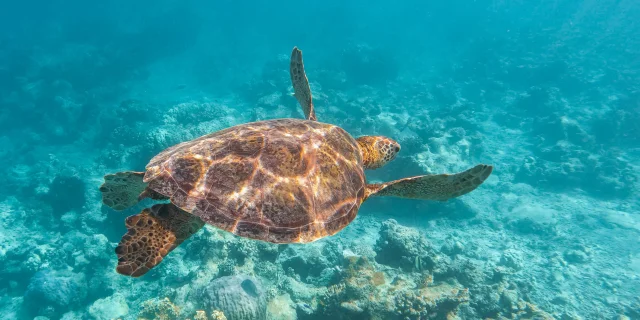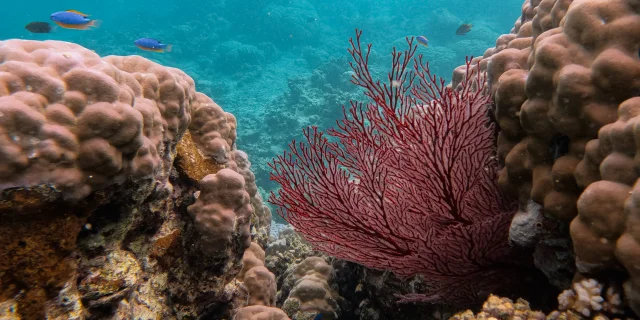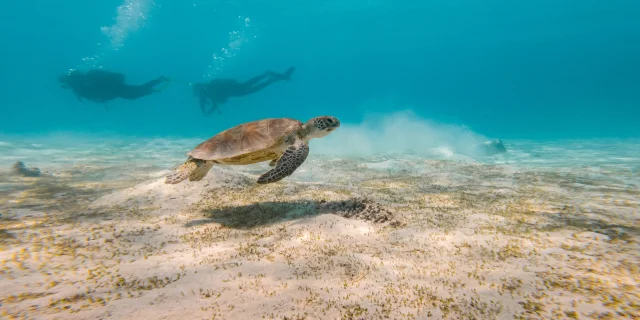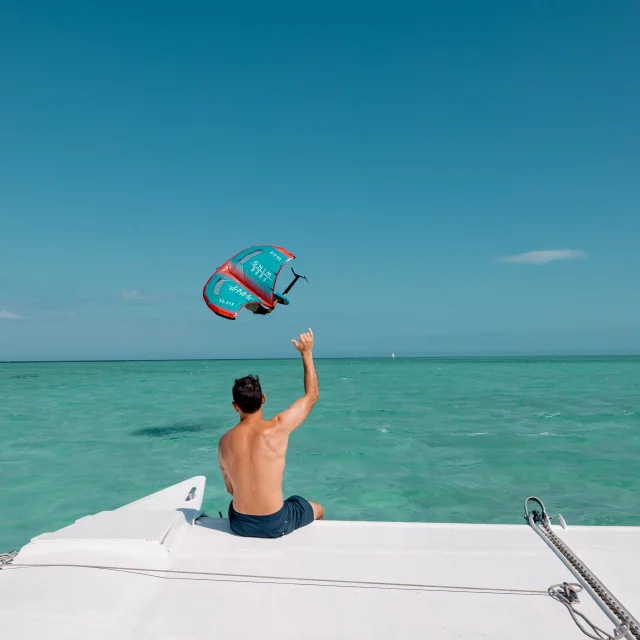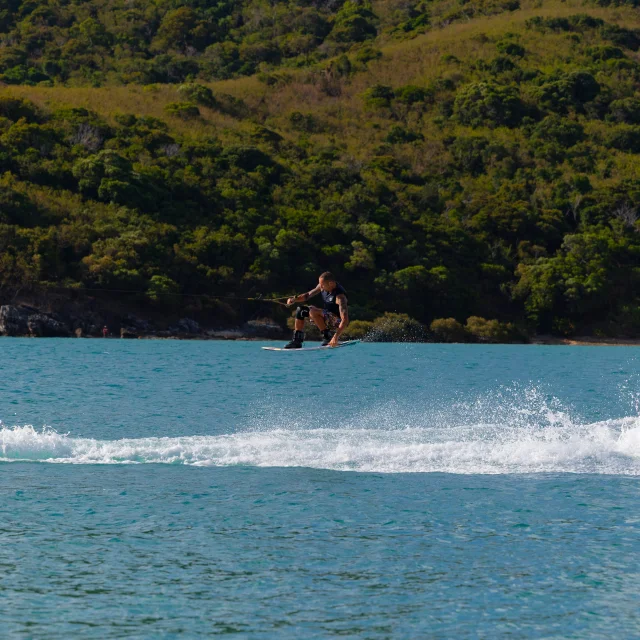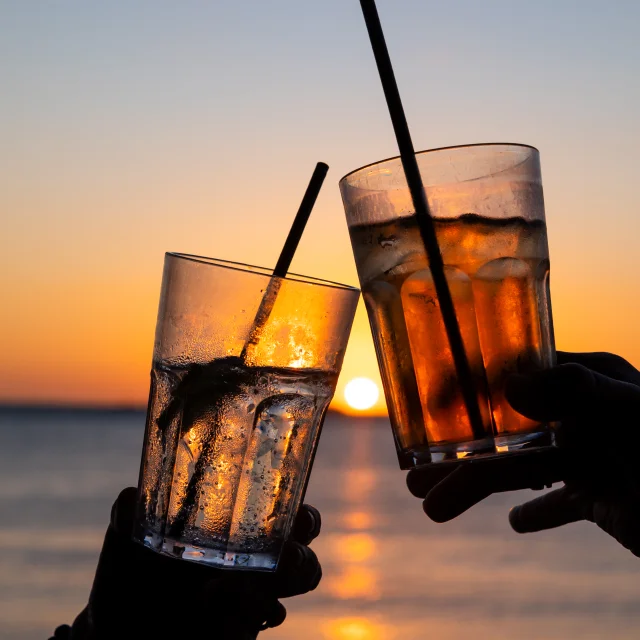The Caledonian lagoon is home to a multitude of species. Dugongs, those peaceful marine mammals often called “sea cows,” are frequently spotted in the shallow waters just metres from the beaches. Several species of turtle, including the green and hawksbill turtles, are often spotted in the waters, especially when they come to feed or rest on the coral reefs. The lagoon’s coral reefs, such as those around Îlot Maître and Îlot Canard, are home to a myriad of colourful fish, including the famous clownfish, butterflyfish, and surgeonfish. Sea giants are often seen in the clean-up zones around Île des Pins: manta rays. Of course, any excursion is a good opportunity to encounter reef sharks. Although they may seem intimidating, reef sharks, such as the blacktip shark, are common reef dwellers and can be observed while diving or snorkelling.
 Manager
Manager